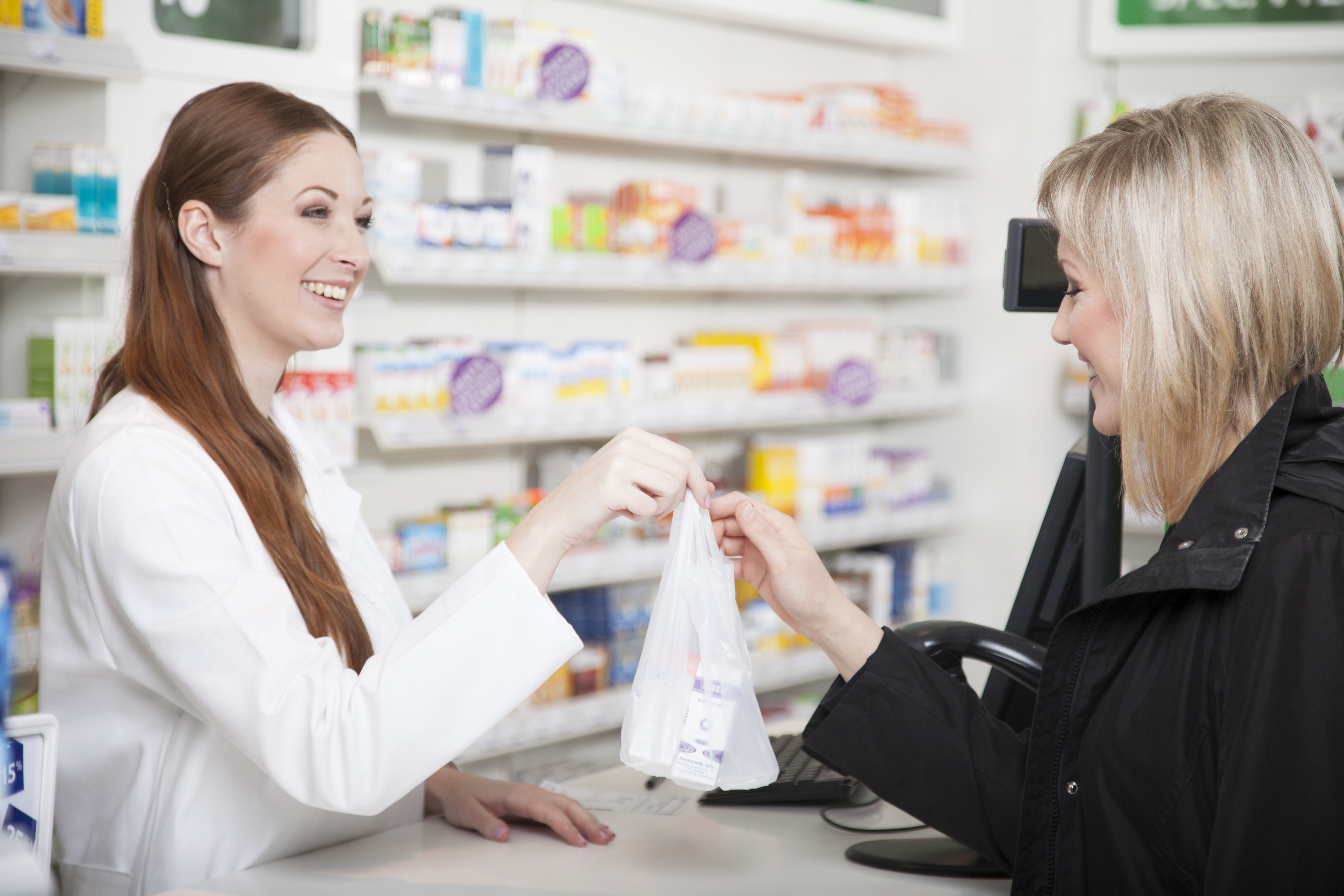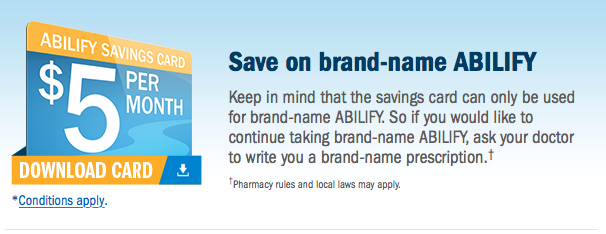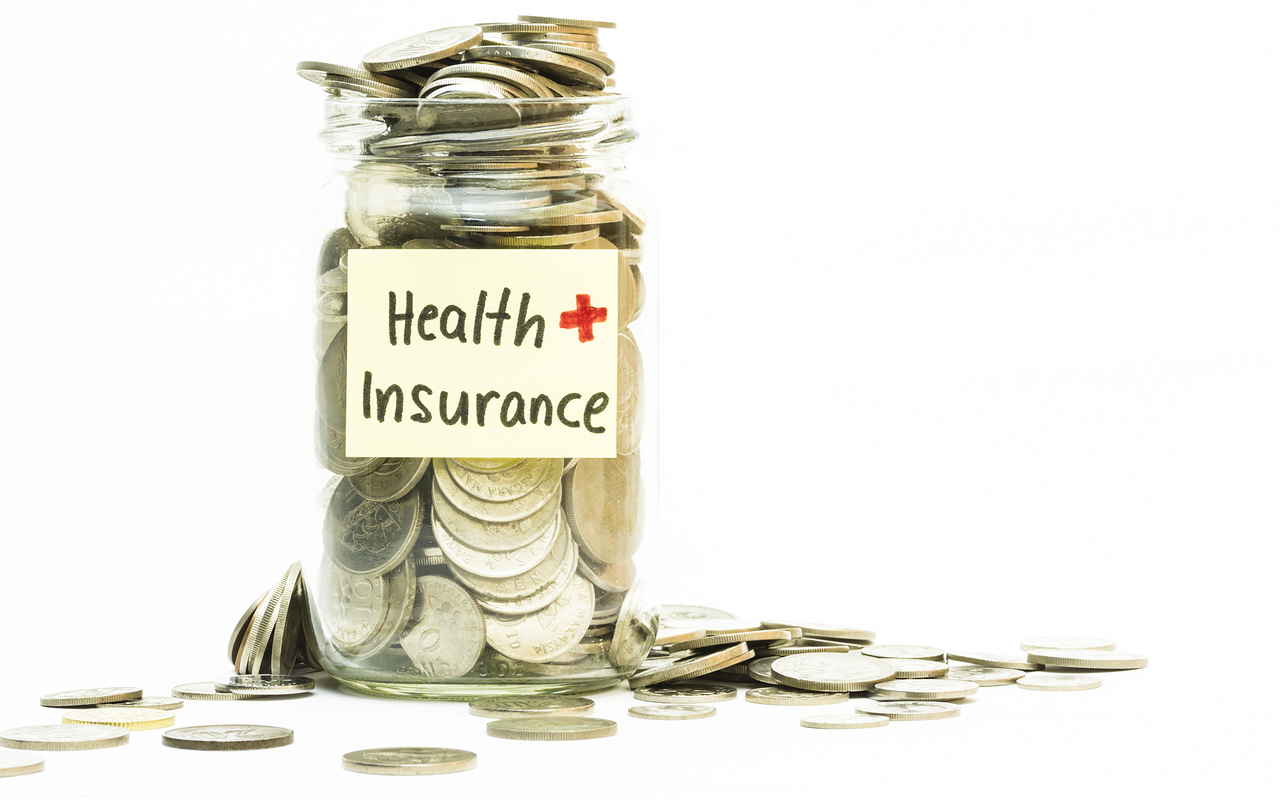
The Setup
You're sick. Again. Maybe it's a one time illness, possibly something chronic that isn't responding to the medication already prescribed. You talk with your doctor, explain your symptoms, and she examines you and writes you a prescription. You drive to the pharmacy to pick it up, give your insurance card to the pharmacist, and wait for it to be filled.
This should be simple.
The Shock
The pharmacist comes back and tells you, "I need to let you know that your insurance doesn't cover this prescription." What? So, you ask how much it will be. They give you a number. Maybe $300, $400, even $900 or more. You are stunned. You pay a lot of money every month for your insurance coverage. How is it that your prescription isn't covered?
The Scoop
Most people assume that when they go to the doctor, any prescription written by the doctor is the best choice and they can expect their insurance to cover it. Unfortunately, as with all health care these days, it's not that simple.
Every pharmacy benefit manager (PBM) has a list of drug exclusions - prescription drugs that they do not cover. They ask you, as on this 2017 ExpressScripts Preferred Drug List Exclusions, to avoid paying full price by requesting your doctor write a new alternative prescription.
Often there is a generic medication that is just as effective as the excluded medication, but sometimes the medication they suggest is chemically different and does not have a low-cost generic equivalent. This can be a major medical issue for people in need of these medications.
So, what is going on here? Why wouldn't insurance cover the prescription your doctor thinks is best fit for you?
The answer? Money.
PBMs and drug manufacturers argue about the cost of prescriptions. If a manufacturer doesn't give the PBM the price they want, they will exclude it from coverage. And the PBMs aren't completely crazy. Drug manufacturers are known to arbitrarily raise the price of drugs well above what is necessary. The recent EpiPen controversy is only one instance of this industry practice. Also, doctors may receive incentives if they prescribe certain medications. The drug you've been prescribed may be more expensive than you can afford, or may not the only choice for your condition. As PBMs compete for business, they work to keep costs low for both themselves and the employers they serve — which means the cost gets pushed to you. This is why you may be surprised at how much it will cost you if you go to a pharmacy with a prescription for a drug or device excluded by your insurance.
The Solution
Your health is necessarily your top priority, and that's why we're here to help you.
If you find yourself in this situation, you do have options.
You can go without the medication. Not recommended, but people do it.
You can request that your doctor write you a prescription for an alternative medication covered by your insurance. The risk is, your doctor may not be willing and it will take extra time, or it might not be as effective as the one initially prescribed.
You can use your RefillWise card. You may be surprised how much it can save you.
RefillWise can help you afford medications that are excluded from other plans. If your prescription isn't covered and you find yourself having to pay full price at the pharmacy, use your RefillWise card to check for discounts.

The astronomical prices of many medications has become a hot topic, especially with the recent development of the now-infamous EpiPen controversy. At first glance, it’s difficult to understand not only how these drugmakers can get away with charging such high prices, but how anyone can even afford to buy these expensive medications in the first place. Although the vast majority of Americans can’t afford to pay $300 or $400 (or more) a month for their medicine, a closer look reveals that these huge price tags are often inflated by drugmakers as a bargaining tactic in the escalating war between drugmakers, insurance companies, and PBMs. As that war continues to heat up, drugmakers have harnessed a remarkably effective weapon to keep their high-priced drugs accessible to anyone who has a private insurance plan: manufacturer coupons. While these coupons enable anyone with a private insurance plan to be able to afford expensive brand meds, they may be causing serious harm both in the short term and to the future of healthcare.
The Real War on Drugs
By the year 2000, nearly every major health insurance company had given up trying to fight the drugmakers and turned over their prescription management to companies called PBMs (Pharmacy Benefit Managers). PBMs act as a negotiator for an insurance company and its customers, bargaining with pharmacies and with drugmakers to get those customers discounted prices on drugs. Representing millions of customers across dozens of insurers gave PBMs considerable bargaining power against drugmakers. As a response, in the last decade drugmakers began aggressively setting higher prices for their latest and greatest blockbuster medications to try and take back some of the profits that they had begun to lose. PBMs reacted by increasing the prices that their customers pay for brand drugs as an economic incentive for customers to choose generic medication over branded. They strategized that if their customers had to share a big chunk of the cost for branded medications, they would choose less expensive generics which would save both the customers and insurers money.
Unfortunately, drugmakers responded by unleashing coupons that covered nearly all of the customer’s portion of the pharmacy bill for an expensive drug—as long as the patient had a private insurance plan.
As an example, let's say you have insurance through your company and you want to fill a prescription for Abilify without a manufacturer’s coupon. Even with a good private insurance plan, your share of the bill before you hit your deductible would be $800, and your insurance company would likely be paying at least another $800. It doesn’t take an expert to realize that very few people can afford to pay $800 a month. Without a coupon, most people would either switch to a generic or ask their doctor for an alternate medication. Score one for the PBM.
ENTER THE COUPON

Now let's say you want to fill the same prescription, but this time, you have a manufacturer’s coupon. All of a sudden your price plunges from $800 down to $5, meaning you are almost certainly going to choose the brand drug over a generic alternative. What you may not know, however, is that your PBM and insurance plan are still on the hook for their side of that $800 price tag. Score one for the drugmakers.
This manufacturer’s coupon phenomenon has gone from a trend to the new norm. Some of the most common (and profitable) drugs in America are listed below, along with their coupon price. The cash price is what someone who has no insurance would be charged, while the coupon price is what someone with a private insurance plan would pay when using a manufacturer’s coupon. If and when a Medicare patient enters the coverage gap, they would likely end up paying just under 50% of the cash price.
| Medication | Cash Price | Price w/ Manufacturer's Coupon |
|---|---|---|
| Abilify | $900 | $5 |
| Crestor | $270 | $3 |
| Lantus | $400 | $25 |
| Xarelto | $440 | $0 |
| Nexium | $280 | $15 |
| Eliquis | $420 | $10 |
| Januvia | $440 | $5 |
| Epipen | $650 | $350 |
While many people already weary from rising healthcare costs won’t lose any sleep over their PBM and insurance plan having to foot the entire bill for an expensive medication, there are some real negative consequences. One issue is that the manufacturer's coupon oftentimes doesn't work more than once, and is only intended to get a patient "on drug" as a manufacturer would say. Even for coupons that work more than once, although customers save money in the short term, using the coupon essentially guarantees that PBMs and insurance companies will increase insurance premiums for everyone, even those who don’t take expensive medications. The most disconcerting issue, however, and the reason why we hear of so many people being faced with laughably high prices for medications, is that Manufacturer Coupons can't be used by anyone on Medicare or by anyone who is uninsured. There are 33 million Americans who still lack health insurance and another 40 million who have prescription insurance through Medicare. That means that over 70 million of the most vulnerable Americans—many of whom are more likely to either face illness, poverty, or both—must deal with the harsh reality that they simply aren't able to access medication that’s new and/or expensive, regardless of medical necessity. Although RefillWise may not save you $795 on a $800 price tag, it can be used by anyone, regardless of whether or not they have insurance. You can also rely on RefillWise to be used as many times as you like as it never expires.
When it comes to the price of medications, most of the news and stories you hear are about how expensive prescriptions have become. While that definitely is the case for many of the newest drugs on the market, or for other medications marked up by soulless CEOs indicted for fraud, it’s not universally true for all medications. In fact, there are a lot of older generic medications that are mass produced and sold for next to nothing. Some of these medications are so inexpensive that pharmacies are able to purchase them in bulk and sell them at a cash price that is cheaper than what they charge you with your insurance plan. Yes, you read that correctly. Your copay might actually be higher than what the pharmacy charges someone without insurance.

How exactly is that possible? Like most questions about the prices of medications, the answer can get a bit complicated, but let’s give it a shot.
Formularies and Tiers
You’ve probably heard these terms before, but just in case you’re not familiar with them –
A Formulary is a list of medications that your insurance plan covers. Expensive insurance plans may have larger lists that include more medications that might not be covered at all by cheaper insurance plans. If you drill down a bit further, you’ll find that each medication included in a formulary is assigned to a Tier. These tiers play a large part in defining how much your copay will be for a medication. For example, the vast majority of generics and other low price drugs are placed in the first tier of most insurance plan formularies. Brand name and more expensive medications that are still patented usually end up in higher tiers, and your copay will typically be more expensive for those drugs. These plans and the number of tiers do vary, but your plan’s formulary should be available to review on your insurance company’s website.
So what does any of this have to do with how you might be paying too much? The answer is in the tiers. If your doctor prescribes a tier 1 medication, your copay might be $10 or $15, or maybe even $25. Since that’s not an outrageously high price, especially when compared to other drugs out there, many of us simply hand over our money without thinking twice. If you were to ask the pharmacist what the cash price is, however, you may be surprised to find out that many pharmacies actually sell a lot of these tier 1 generics for $4 or $5. In that case, you would actually be better off purchasing your medications without your insurance plan.
If the prospect of saving $5 or $10 on your amoxicillin doesn’t excite you that much, consider this: in these cases, you may actually be paying extra money to your insurance company for the privilege of being overcharged. Every month you give a big chunk of your paycheck to your health insurance company because they’re supposed to get you a discount on health care if you get hurt or sick. Do you really want to pay them all of that money only to pay a higher price for medications than if you had no insurance at all? Not only do you pay more than you have to, your insurance company actually makes money when you buy the medication. According to an article from Pharmacy Times, your pharmacist may not even be allowed to warn you that your insurance is costing you extra.
One great way to make sure you aren’t giving your insurance company money for the privilege of paying a higher price is to always, always have your pharmacist price compare your insurance copay to RefillWise. Not only will you earn rewards for using it, but you're also guaranteed to never be charged more than the cash price.
Don't give your insurance company an undeserved bonus. Use RefillWise.

Excuse me? My prescription costs what?
For the 56% of Americans who live paycheck to paycheck and have less than $1,000 in our bank accounts at any given time, nothing quite compares to the panic caused by a huge and unexpected expense. It may not be a comfortable topic of conversation, but for many of us it’s no small victory just to make it through a month without having a cell phone shut off or receiving one of those ominous pink notices in the mail from the power company.
That's why hearing an unexpectedly high price for a prescription at the pharmacy can be an especially nasty surprise. Unfortunately, it's a surprise facing more and more Americans every year as the country struggles to deal with the rising cost of medications. If you're insured, a big piece of your income likely already goes to covering health care, adding insult to injury. For those who are uninsured, even a generic medication can cost more than it did to see the doctor who prescribed it in the first place.
So what am I supposed to do?
Don't panic! Yes, there is a chance that you may be stuck with a huge price tag, but in most cases there are multiple options for saving a decent chunk of change. To figure out how to save, let's discuss the reasons why your prescription might cost so much.
Are you uninsured?
If so, then this is a no-brainer. Get yourself a pharmacy discount card like our very own RefillWise. It’s completely free, it saves varying amounts of money on nearly every prescription out there and it’s accepted at virtually every pharmacy.
Are you insured, but with a very high deductible?
You may not have paid much attention during the last open enrollment, or maybe your brain glazed over from trying to understand HRAs, HSAs, EOBs, POPs, PHAs and the rest of the alphabet vomit listed in the brochures, but over 25% of employer-provided insurance plans are now high deductible plans. As far as your prescriptions are concerned, this means that you’re basically paying the cash price for any medication until you’ve paid your deductible which typically starts out at $2,000.
If you’re sure you’ll spend more than $2,000 on prescriptions by the Fall, then you may as well keep plugging away. For the rest of us who won’t even get close to that, RefillWise is again a great option.
Is this a brand name medication?
If so, always ask your pharmacist if there is a generic available. Generics can save you as much as 80-90% off of the price of a brand name med. If there is no generic available, your next step should be to check the manufacturer’s website for a discount. The drug makers know how expensive their new brand prescriptions are, and they have a lot of incentive to figure out a way for you to afford them. Some of these discounts are very generous and may even work for multiple refills. Failing that, you should check with your doctor to see if there is a similar but more affordable medication that they could prescribe. Finally…
Shop Around!
Most of us use one pharmacy out of convenience, loyalty, or both. It may sound strange, but it’s very common to find a big difference in the price of the exact same prescription at two different pharmacies, even in the same city, and even between two pharmacies owned by the same company. Without mentioning names, one of the bigger chain pharmacies is actually rumored to vary pricing based on what side of the street their store is located with the hopes of getting a little extra cash from the commuter stopping by on their way home from work. The moral of the story? If the price seems expensive, see what another pharmacy can do for you.
It may take some legwork, but the potential savings and staying healthy are well worth the effort.
Your friends at RefillWise





 Newer posts
Newer posts